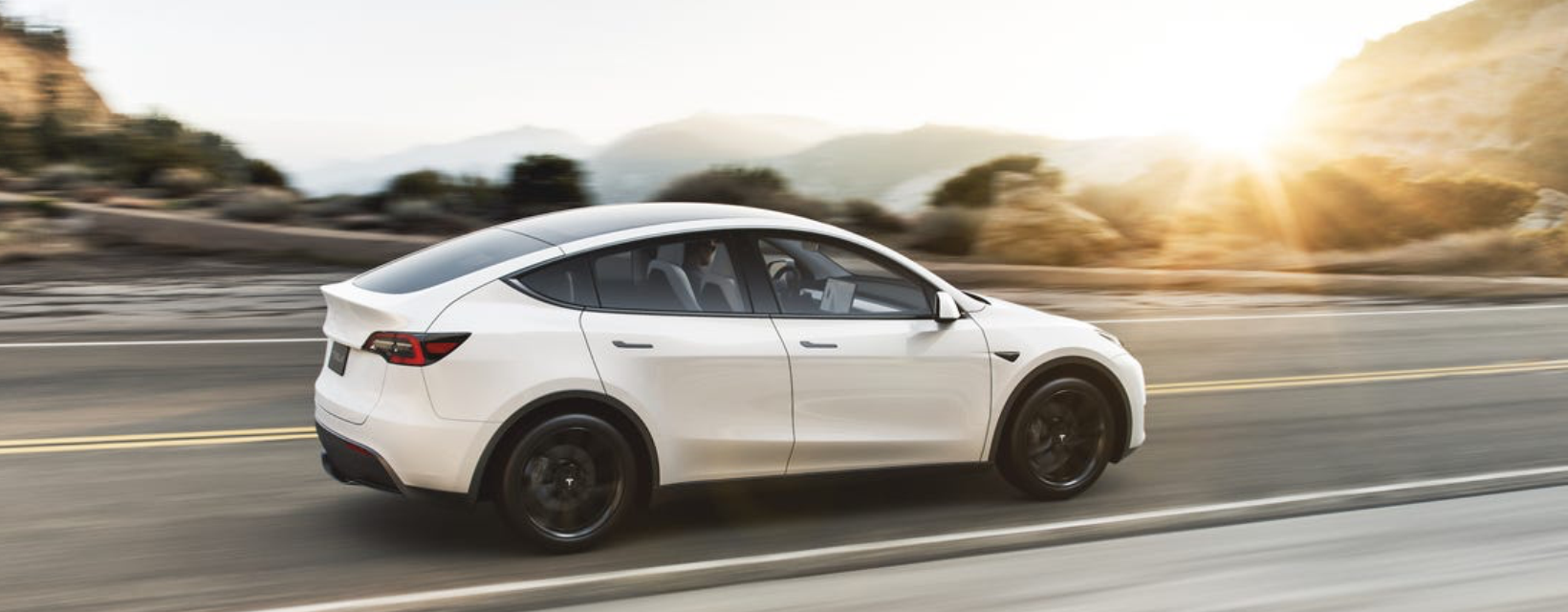Tesla’s September quarter results reveal a company that is defying the odds around demand and profitability. Deliveries were up 73% while the top five automakers were down 27%. Gross margin ex-credit was a record 28.8%, up from 25.8% in June. It’s easy to write about the outperformance, it’s hard to do it. Just ask the rest of the auto industry. While there’s still a light year gap between making about 1m cars in 2021 and the company’s long-term goal of 20m a year, the formula to get there has been successfully tested: build the best EVs for the money at scale. Equally as impressive is the fact that the company will eventually scale and add businesses outside of making cars that eventually could represent 25% plus of total sales.
Key takeaways from September
- Inching toward tech profit margins. The most important metric was automotive gross margin ex-credits. While the Street was expecting 25.1%, Tesla reported a record at 28.8%. In three to five years, we believe Tesla will have Apple-like 40% gross margins based on three factors: increasing manufacturing efficiencies with Austin and Berlin gigafactories, growth in high-margin software subscription growth driven by FSD pricing and FSD uptake increases, and an expected decline in battery costs over time.
- Operating margin. CFO Zach Kirkhorn expects “considerable upside to margins” over the next few years based on higher FSD adoption and insurance.
- Demand. Backlog continues to grow with 2-6 month lead times.
- Growth target. Company maintained its view to expect 50% compound vehicle growth over the next decade.
- Autonomy. The time table for level 4 autonomy remains a mystery. Musk’s comments a year ago suggesting we would have full autonomy by year-end 2021 is no surprise, off the table. All Kirkhorn would add is “it’s difficult to be specific on timelines . . and they are making progress quickly.” Our interpretation is that it’s easy to miss the forest for the trees with these continued delays. The big picture is Tesla is making measurable progress toward autonomy. Whether we get level 4 in 2022 or 2026 doesn’t matter. We’ve been waiting 100 years for this and investors will reward shares of TSLA when they finally release general availability FSD.
- Cybertruck. The design is maturing, and it now has rear steer and other smaller improvements. It’s still on track for initial deliveries late in 2021 and volume in 2022.
- Model 2. When asked on the earnings call about the timing of the $25k Model 2, the company stated that right now they don’t want to add any new cars when they can’t keep up with Model 3 and Model Y demand. Previously they had hinted at a 2023 release, which means it’s more likely in 2024.
- Insurance. Kirkhorn made a compelling case that insurance could be big. The concept that most insurance today is unfair given it’s based on good drivers subsidizing bad drivers resonates. Tesla has the data to fix the pricing and reward good drivers with lower rates. At the same time, it faces an upward battle with the highly profitable incumbent insurance industry that will resist change. This resistance will result in a slow, multi-year rollout of Tesla insurance in the US.
- Negative. A negative on the quarter was solar and storage (6% of revenue) was flat sequentially, but still up 46% and 71% y/y.
The case for the TSLA
Near-term TSLA shares are unpredictable. Our long-term perspective is based on Tesla targeting large markets including EVs, energy, autonomy, and insurance, along with the long shots of HVAC, VTOL, and robots. These businesses should deliver sustainable revenue growth, and our thinking is sales can increase from $70B next year to $400B in 2027. Given the hardware, software, and services nature of Tesla’s model, it seems appropriate to apply a 6x multiple on $400B in 2027 revenue, which yields about a $2,500 share price. We caution a lot of things need to go right (including keeping competition at bay) to get there, but that potential is on the table.
